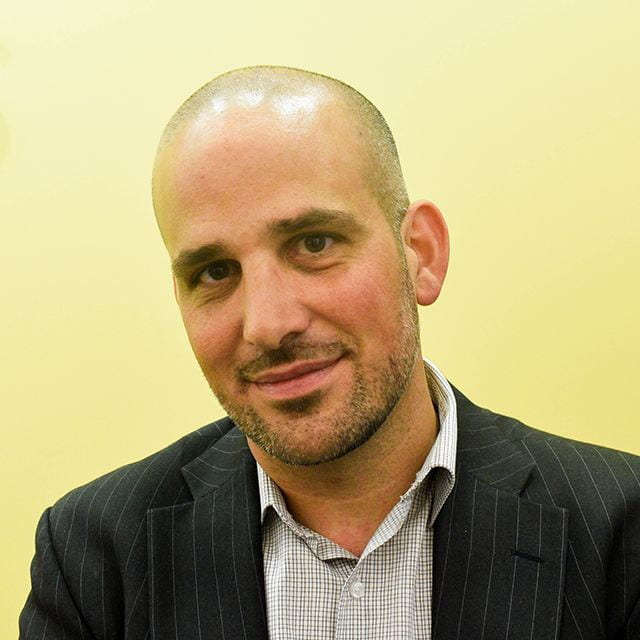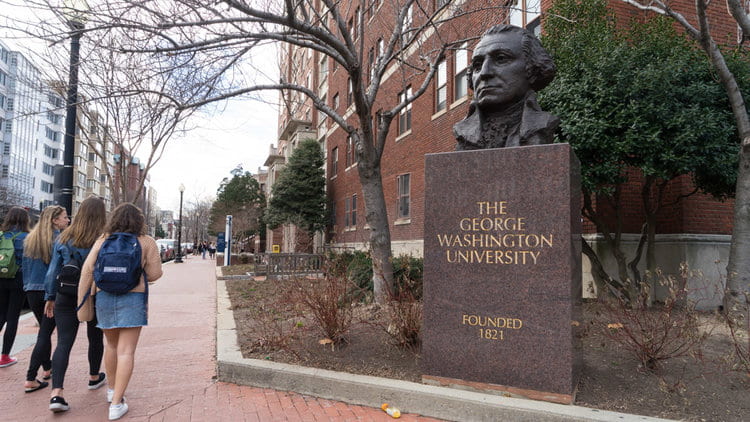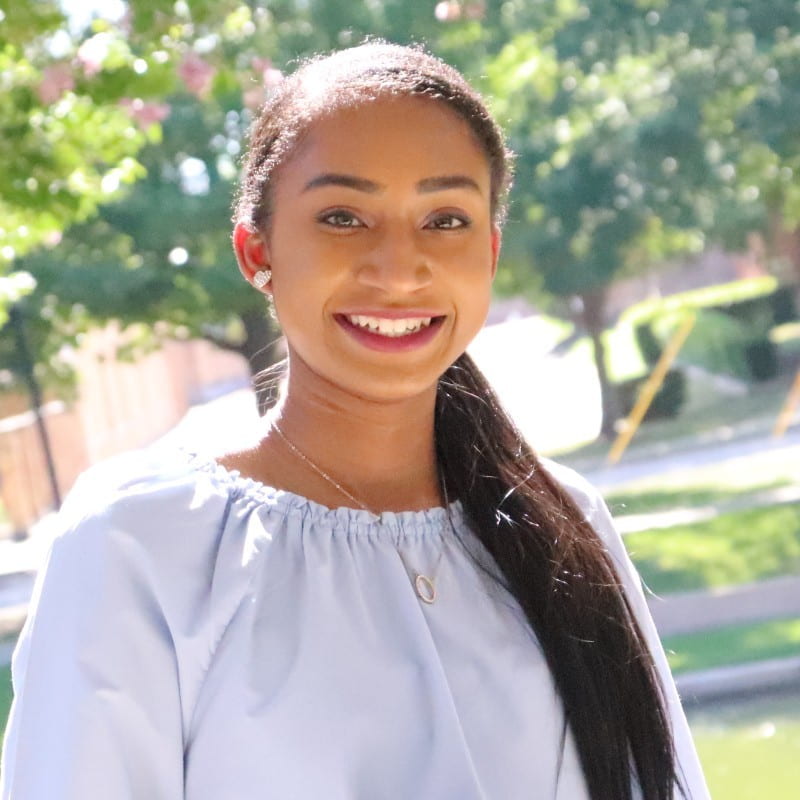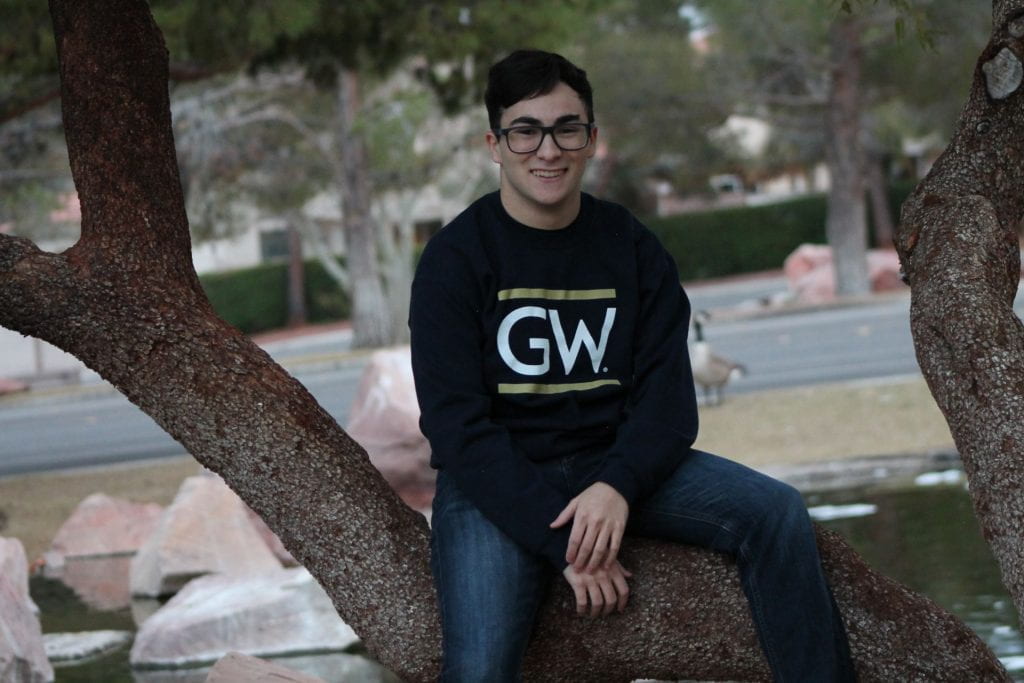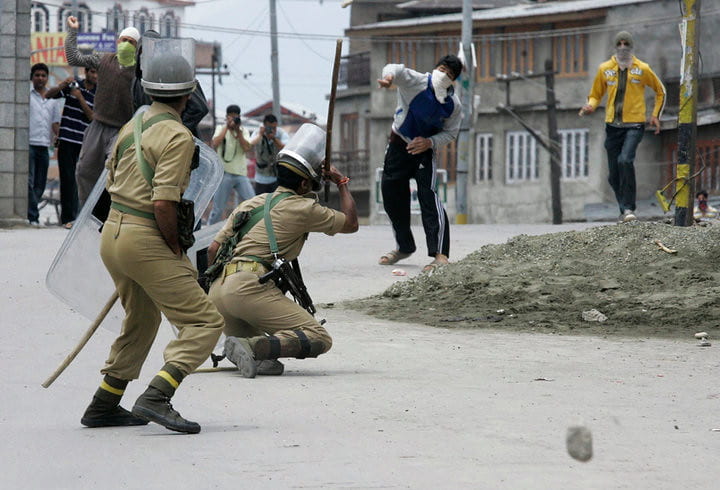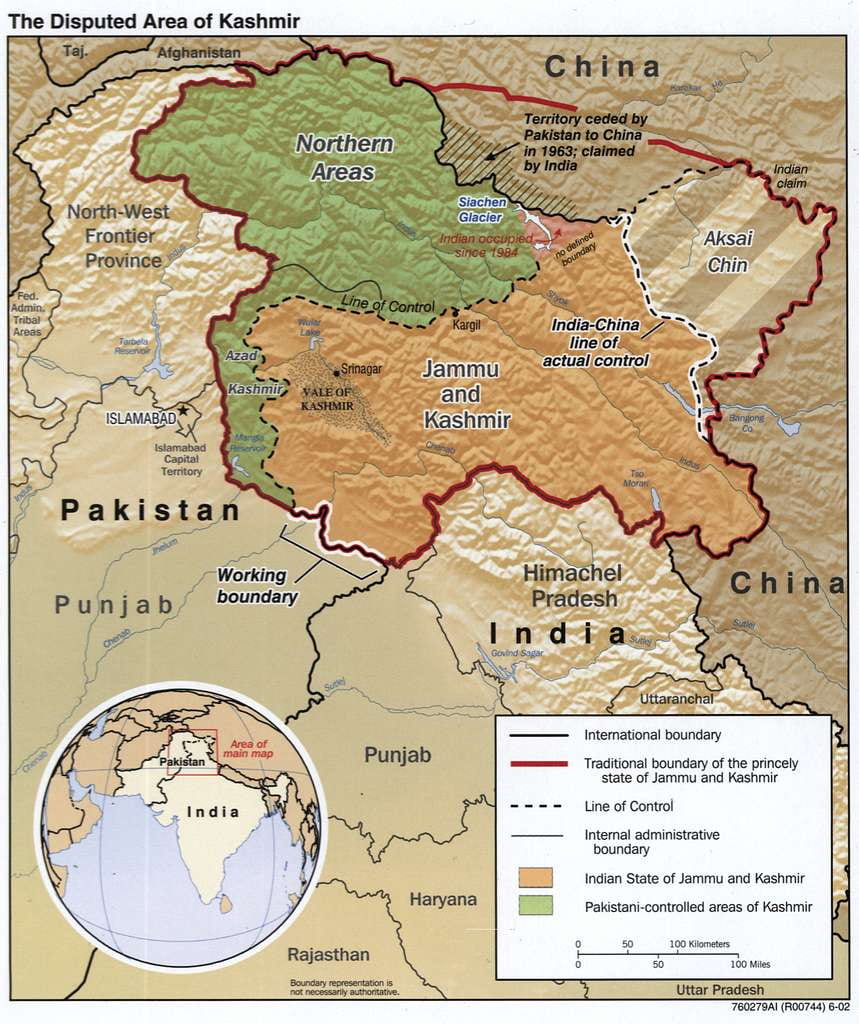By Alexia Ross, MA Media and Strategic Communication ’22

New Zealand is a country that the global community does not often associate with international conflict. While not a regular participant in clashes between the world’s dominant forces, New Zealand faces increasing concerns about the impacts of transnational conflicts on its economy. New Zealand is highly import-dependent, with international trade making up over 60% of the country’s economic activities. With rising global tensions that threaten to impact trade routes, especially in the Indo-Pacific region, New Zealand officials are beginning to raise alarms about potential economic and supply implications.
New Zealand’s prime minister, Jacinda Ardern, is putting the protection of free trade at the top of the country’s foreign affairs agenda. She plans to meet with leaders from several key economic powers in the coming months. In early 2022, New Zealand cemented a free trade agreement with the United Kingdom that will bolster bilateral trade and reinforce strong relations between the countries that should, in theory, support continued economic collaboration even in times of international crisis.
Ardern is expected to meet with US officials in May to lock down another vital ally in free trade potentially. The US is New Zealand’s third-biggest trade partner, providing goods like cars and medical equipment. In preparation for this meeting, Ardern’s communication’s team should strategically leverage compelling narratives in her statement to the general US audience, thereby gaining public support for a bilateral trade deal between the two democratic nations.
An Opportunity Connection with US Public
Strategic narratives are an essential tool for appealing to potential allies, allowing governments to find common ground and values to nurture the relationship with the public of target nations. Ardern and her team could pursue a strong trade agreement to safeguard New Zealand’s trade-based economy by leveraging a number of narrative genres that both invoke a sense of shared identity between the nations and touch on some more US-centric narratives.
There are three main narrative structures that Ardern must consider in her speech:
- Master and identity narratives that draw on a nation’s history and self-identifying characteristics;
- System narratives that characterize a nation’s relationship with the rest of the world;
- And issue narratives that address current events in the nations
The following chart showcases trade narratives that the US and New Zealand share, making them prime examples of values that Ardern should draw on when speaking to the US public.
Shared US & New Zealand Trade Narratives
| Identity/Master Narrative | System Narrative | Issue Narrative |
| Leaders in production industry Participant in Global Markets | Global economic hierarchy Maintaining trans-national trade patterns Free Trade Capitalism Alliance of Democratic Nations Rising China | Growing concerns over China and its tensions with global powers Russia/Ukraine conflict impacting international trade, connotations for future Global supply chain challenges |
A Path Forward
New Zealand is approaching this meeting with a backdrop of positive history with the US. A readout of a 2021 call between Biden and Ardern noted, “They discussed our interest in maintaining a free and open Indo-Pacific region, and President Biden underscored the enduring U.S. commitment to the region.”
When speaking to the US public in favor of a new trade deal, Prime Minister Ardern will want to draw out commonalities in free-market values. Ardern and her team should utilize a narrative of the importance of a “free, democratic, secure and prosperous world” in light of any range of global complications, and highlight how this partnership plays into the US’s existing frames of economic collaboration with a diverse grouping of nations
New Zealand can leverage current events as a tool for persuasion – arguing that firm partnerships can ensure that global trade is grounded and can remain stable in tumultuous circumstances. Tensions in the Indo-Pacific trade system due to conflict between China and other global superpowers, like the US, are of regional and global concern to Kiwis and Americans alike. By noting the risks for both the US and New Zealand’s economic freedoms if China was to disrupt trade in the region, Ardern could stoke strong emotional support for a trade agreement.
Utilizing a few more US-centric frames may also be helpful in developing public support for the partnership. For example, the US knows that it is a global superpower and acknowledges its role in global affairs. There is an expectation that US leaders will protect the reputation of the country as economic and humanitarian leaders. By touching on these identity narratives in her statement, Ardern would draw on the public’s desire to see its government showcase American values on the global stage.
Through the strategic use of narratives, Prime Minister Ardern could stoke pressure from a broad US audience, initiating an extra nudge that could push the Biden Administration to formalize a new trade agreement between the nations. For these reasons and more, Ardern’s messaging to the US public must be deliberate, highlighting why this deal is essential to both countries’ economic agendas.
For more on the topic by the author, please click here.
The opinions expressed in this blog are those of the author. They do not express the views of the Institute for Public Diplomacy and Global Communication or the George Washington University.


